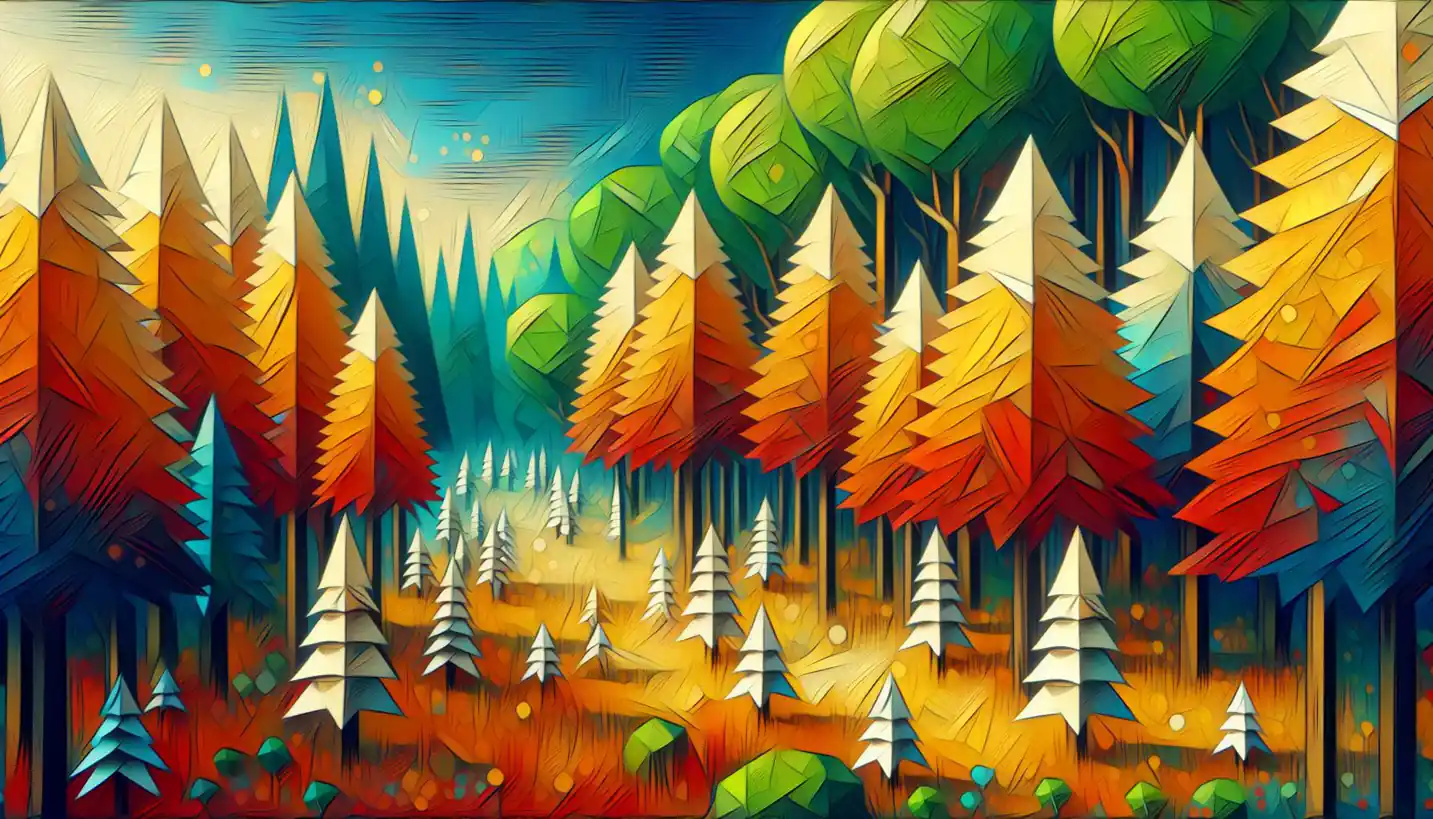· Art · 4 min read
Manufacturing Processes: A Journey Through Industrial Design and Art
Take a journey through manufacturing processes, uncovering the bridges between industrial design and art. Discover the meticulous details that transform ideas into tangible creations.

When we think about manufacturing, what usually comes to mind are huge factories with assembly lines and machines. But dive a little deeper, and you’ll find a fascinating world where engineering, creativity, and even art come together. Let’s explore how manufacturing processes not only shape the products we use every day but also inspire innovation in industrial design and art.
Understanding Manufacturing Processes
Manufacturing processes are all about turning raw materials into finished products. Imagine a simple chair. From the wood, metal, or plastic, each piece has to go through various steps involving cutting, shaping, assembling, and finishing, before it can be called a chair. These steps are called manufacturing processes.
Types of Manufacturing Processes
There are several types of processes, each suited to different kinds of materials and products. Let’s delve into some classic methods, which are continually evolving with new technologies:
Casting and Molding: Like making cupcakes, casting involves pouring liquid material into a mold, where it solidifies into the desired shape. This process is commonly used for metals, plastics, and ceramics.
Machining: This is about cutting away material to create a shape. Think of it like sculpting a statue from a block of marble. Machining includes methods like drilling, milling, and turning.
Joining: This involves putting pieces together. From welding and soldering to simple gluing, joining is crucial in building complex shapes.
Additive Manufacturing: Often referred to as 3D printing, this modern technique builds objects layer by layer, opening new possibilities in design that were previously unattainable.
Forming: Imagine using a cookie cutter to shape dough. Forming processes like forging, stamping, and extrusion change the shape of materials by using force.
The Intersection of Industrial Design and Art
Industrial design is the art of creating products that are not only functional but also aesthetically pleasing. It’s where engineering meets creativity, with the goal of making something that solves a problem or fulfills a need in a beautiful way.
How Manufacturing Influences Design
Think about the smartphone in your pocket. Its sleek design isn’t just about looks; it’s about using materials and processes that blend form and function. Designers must know what manufacturing techniques are available so they can push boundaries and innovate.
The Role of Customization
Thanks to technologies like 3D printing, customization is easier than ever. Designers can create products tailored to individual preferences, a big shift from traditional mass production. This convergence has inspired a renaissance where designers are encouraged to think like artists, exploring new textures, forms, and colors.
Exciting Innovations in Manufacturing
We’re living in a time where new materials and technologies are reshaping the landscape of what’s possible. Let’s look at some cutting-edge innovations:
Smart Manufacturing
With the rise of Industry 4.0, manufacturing is becoming “smart”. Using Internet of Things (IoT), artificial intelligence, and robotics, factories are increasingly automated and efficient. This technology offers incredible precision and efficiency, ensuring high quality with less waste.
Sustainable Manufacturing
As concerns about the environment grow, there’s a push toward sustainable manufacturing processes. This might involve using renewable materials, minimizing waste, or designing products for easy recycling. This eco-friendly approach is not just good for the planet; it’s becoming an important factor in consumers’ purchasing decisions.
Nanotechnology
This involves manipulating materials at the molecular level. Nanotechnology allows for the creation of materials with unique properties, like super strength or conductivity, opening new avenues in everything from electronics to healthcare.
Examples and Real-Life Applications
Consider how Nike uses additive manufacturing to create lightweight, high-performance shoes. Or Tesla, which employs smart manufacturing techniques for its electric vehicles. Artists are also getting in on the action, using these technologies to create stunning works that blur the lines between sculpture and digital art.
Future Directions
The future of manufacturing is bright and full of potential. Imagine products that self-repair or materials that change shape in response to the environment. As technologies continue to advance, the collaboration between industrial designers and manufacturers will be key to unleashing new possibilities.
The Importance of Manufacturing Processes in Everyday Life
Every product we interact with—from cars to clothes and gadgets—has undergone a transformation through these processes. The development of advanced manufacturing techniques will continue to vitalize industries, influence market trends, and meet the ever-evolving needs of society.
In summary, manufacturing processes are integral to both industry and art, driving innovation and shaping the world around us. Whether you’re a designer, engineer, or simply someone interested in how things work, understanding these processes opens up a world of creativity and possibilities.


